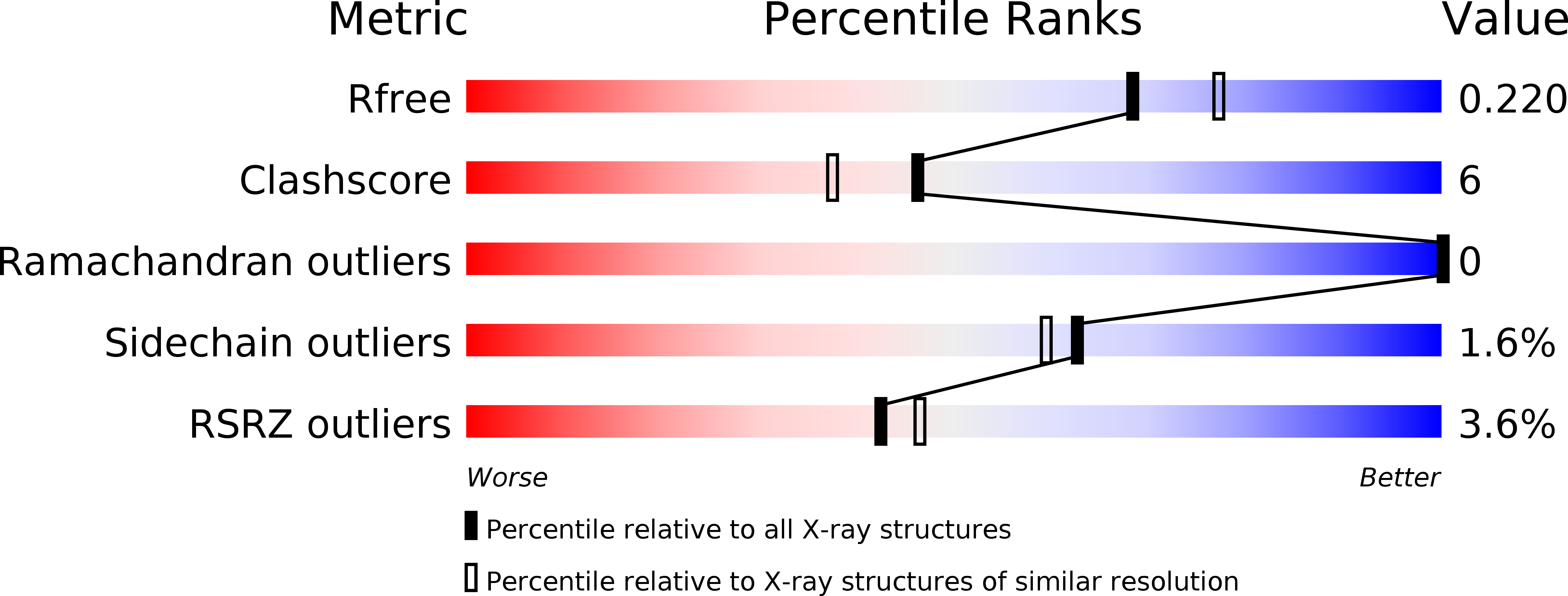
Deposition Date
2010-01-28
Release Date
2010-02-09
Last Version Date
2023-12-20
Entry Detail
PDB ID:
2X41
Keywords:
Title:
Structure of beta-glucosidase 3B from Thermotoga neapolitana in complex with glucose
Biological Source:
Source Organism:
THERMOTOGA NEAPOLITANA (Taxon ID: 309803)
Host Organism:
Method Details:
Experimental Method:
Resolution:
2.05 Å
R-Value Free:
0.22
R-Value Work:
0.18
R-Value Observed:
0.18
Space Group:
C 2 2 21


